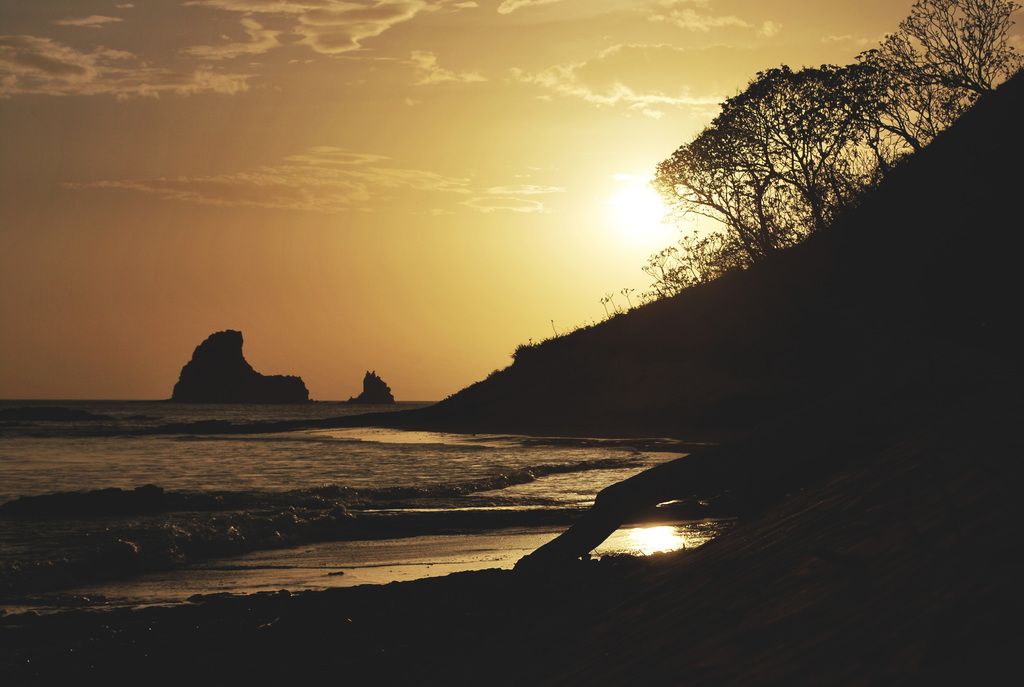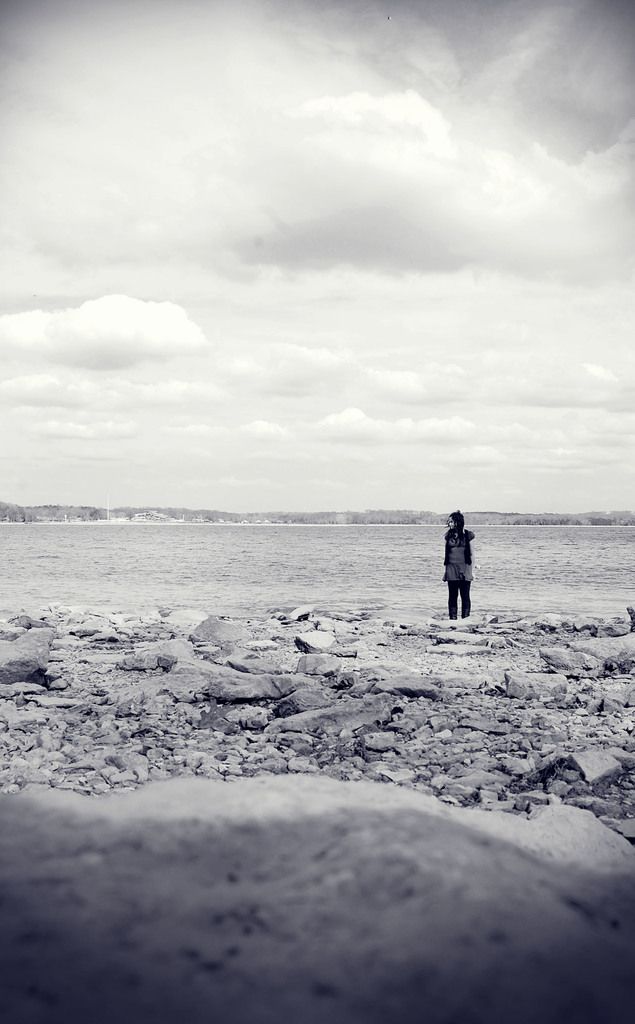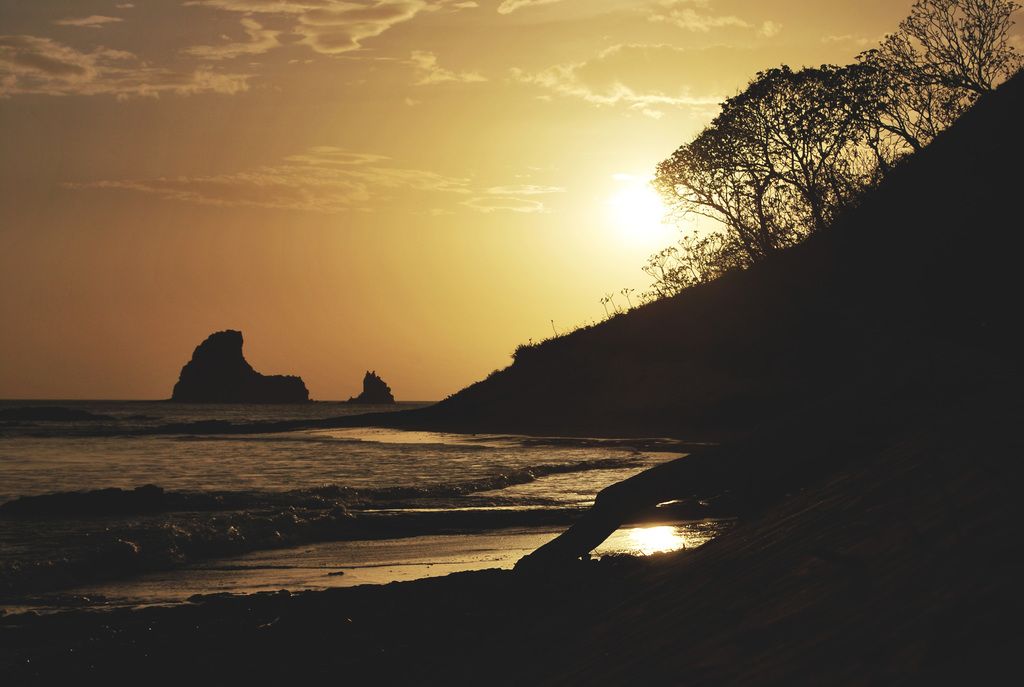Spacebound Celebrations: A Peek into Christmas Traditions in Zero Gravity, Revealing How Astronauts Celebrate the Festive Season Away from Earth
In Space We Gather
On the 21st of December, 1968, NASA's Apollo 8 rocketed into the cosmos, a journey that would mark humanity's initial foray into celebrating Christmas amongst the stars.
In a 68-hour voyage that delivered them to the Moon, astronauts Frank Borman, James Lovell, and William Anders scripted history as the first humans to spend ChristmasÉóthat wondrous, twinkling holidayÉón the outskirts of our home planet. Since the International Space Station (ISS) became a permanent residence for astronauts in 2000, Christmas has been a celebrated event every year, with Hanukkah and the New Year following in suit.
And so, the stage was set for a new chapter in space exploration, one where Christmas traditions were adapted to suit the far-flung (and weightless) environment of orbit. Let us embark on this cosmic journey as we recall some notable milestones that led to the annual spacebound holiday festivities we know today.
Star-Struck Celebrations
The seeds of Christian festivities in space were sown back in 1965 when Jingle Bells was the first song played in zero gravity. Astronauts Wally Schirra and Thomas P. Stafford broadcasted this seasonal tune during NASA's Gemini 6A mission. It was the crew of Apollo 8, however, who claims the crown as the first to experience Christmas day while beyond our atmosphere, reciting verses from the Genesis and beaming images of the Moon back to Earth. Their message reached a billion viewers across 64 countries, far surpassing the magnitude of a traditional Earthbound broadcast.
Fast forward to 1973, and the Skylab 4 crew set up an improvised Christmas tree from empty food containers, feasted on pre-prepared meals, and spoke with their families via satellite link. The spacebound tradition of exchanging words with family on such occasions continues strong to this day.
Following in their footsteps, Yuri Romanenko and Georgi Grechko, Russian cosmonauts, celebrated their New Year (a far more cherished event in Russia than Christmas) in space a few years later. In 1993, Jeffrey Hoffman, a NASA astronaut, became the first Jew to celebrate Hanukkah while in orbit during the Hubble repair mission STS-61.
On the Station
The Space Shuttle and Russia's Mir space station witnessed their fair share of extraterrestrial merriment throughout the 80s and 90s. However, it was the arrival of William Shepherd and his fellow expeditioners in 2000, who embarked upon the historic ISS mission, that ushered in an era of unparalleled festive togetherness. These adventurers unwound in microgravity, participating in activities such as gift exchanges, harmonic band performances, and holiday meals, establishing a pattern that has endured ever since.
Temporal Quandaries
Celebrating Christmas in space has its complications, not least of which is determining the exact date to mark the festivities. The 16 daily sunrises often lead to an uncertainty in syncing watches, causing astronauts to send out "Happy New Year" messages to ground-based Mission Control centers as they pass over each country, timing their greetings to coincide with midnight in that particular nation. Additionally, the diversity of religious beliefs and cultural practices aboard the ISS means that certain individuals may celebrate different holidays at various times.
Unity in Orbit
The ISS has grown as an international symbol of cooperation and camaraderie. Holidays provide a perfect opportunity for its multicultural inhabitants to exchange traditions and share aspects of their diverse heritages. Andrew Morgan, who spent Christmas 2019 in orbit, vividly remembers the occasion: "Russians have a modern New Year's Eve tradition of watching a 1976 comedy film called 'The Irony of Fate.' So our Russian crewmates invited us to join them for a screening." Morgan continues, "Experiencing that tradition with our Russian crewmates was extra special. It personified everything that's good about international cooperation."
In conclusion, Christmas in space, much like on Earth, is a time for merriment, togetherness, and the sharing of traditions. While the celebration may come with its unique challenges, the resilience of humankind shines ever bright in our quest to forge a connection between ourselves and the cosmos. As travellers in the universal nether, astronauts continue to bridge the terrestrial and the extra-terrestrial, merging holiday joy with a deeper longing for unity, understanding, and exploration.
- Astronauts on the International Space Station (ISS) have established a tradition of exchanging words with their families via satellite link, continuing a practice that started with cosmonauts years ago.
- In 1993, Jeffrey Hoffman, a NASA astronaut, became the first Jew to celebrate Hanukkah while in orbit, marking a significant milestone in the adaptation of Earth's diverse religious and cultural practices to the space-and-astronomy domain.
- Since the International Space Station became a permanent residence for astronauts in 2000, technology has played a crucial role in facilitating a range of festive activities, from gift exchanges to virtual holiday meals, enabling astronauts to celebrate lifestyle traditions amidst the cosmos.




